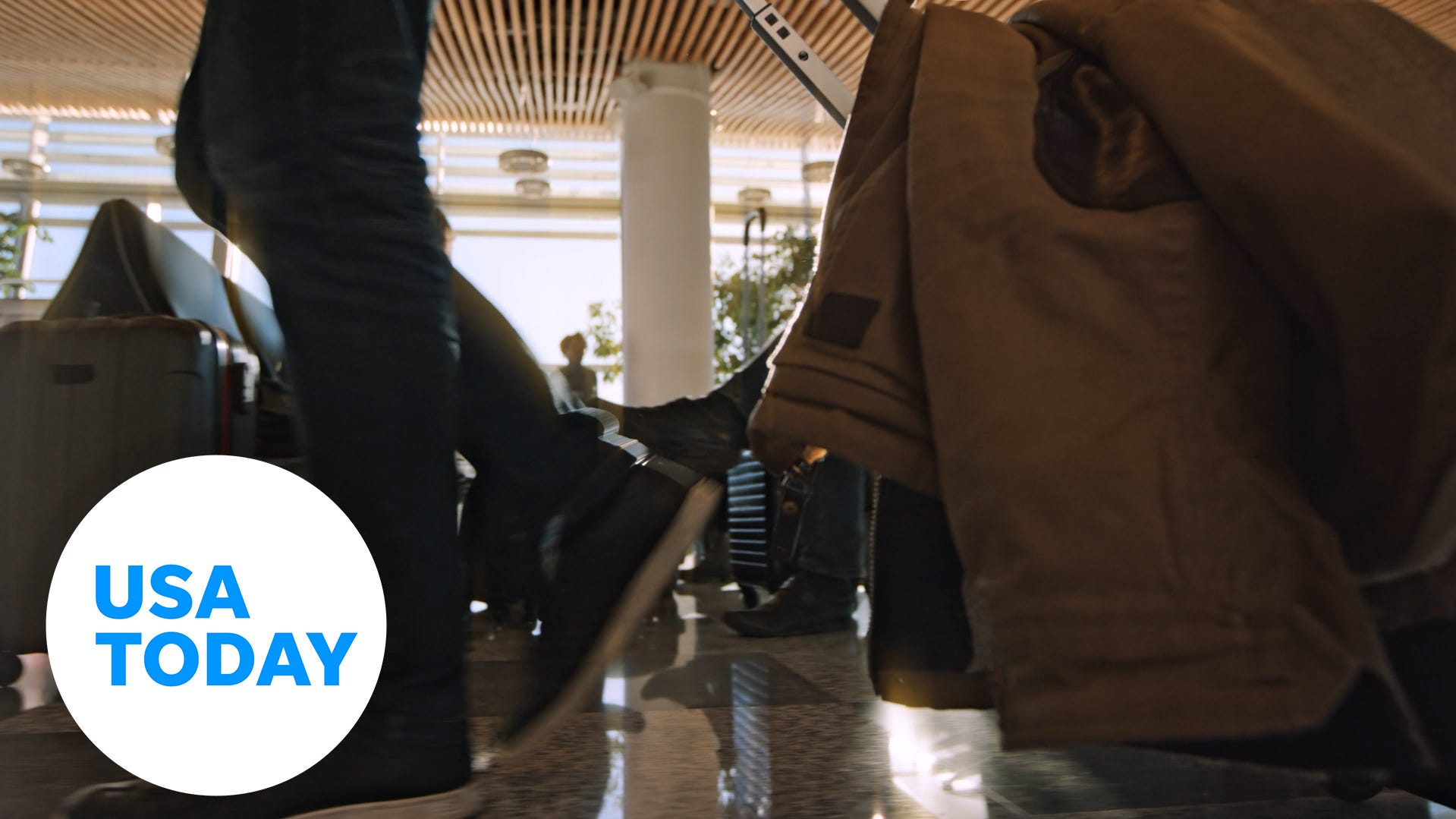How to know and what to do if you have to gate check your bag on a flight

- Gate-checking luggage is primarily due to limited overhead bin space or smaller aircraft.
- Passengers should be aware of aircraft type and boarding position to anticipate potential gate-checking.
- Treat gate-checked luggage like checked baggage, removing essentials and valuables.
Cruising Altitude is a weekly column about air travel. Have a suggestion for a future topic? Fill out the form or email me at the address at the bottom of this page.
As an avgeek and frequent traveler, I usually have a pretty good sense of when my carry-on bag isn’t going to make it with me onto my flight. I can often tell just by knowing what kind of plane I’m flying on, or what my boarding position is, if I’m going to have to gate check my rollaboard.
But on a recent personal trip, I was reminded that this dynamic can be a lot more opaque to other travelers. I’ve seen many fellow flyers get caught off-guard when they reach the boarding door, only to be told their bag won’t fit for whatever reason and it’s going to have to be put in the hold instead.
So, why does this happen? How can travelers anticipate if they’re going to need to gate check their bag, and what’s the best way to prepare?
Here’s what to know to help your next trip go smoothly.
Why do airlines make passengers gate check luggage?
It all comes down to space.
The two main reasons airlines make people gate check their luggage is because the overhead bins are already full by the time they board, or because it’s a small plane that can’t fit some larger rollaboard bags that would have space in the cabin of a larger jet.
That’s why it’s a good idea to know what kind of plane you’re flying on and how far along in the airline’s boarding process you’re going to get on the plane.
If you’re traveling on a regional jet, like a CRJ or an Embraer, or a turboprop like the Q400, you’re more likely to have to gate check your bag.
Similarly, if you’re boarding late in the process, even on a full-size jet, the bins may already be full and you could have to check your luggage at the boarding door.
“Every airline knows how many bags will fit in an overhead bin,” Raychel Armstrong, vice president of Transportation Workers Union Local 577, Allegiant Air Flight Attendants, told me. “Sometimes they may allow too many and sometimes they may have to check those.”
Armstrong said she’s flown on many different airlines and while it’s less likely for bins to be full on ultra-low cost carriers that charge for carry-on baggage, it can still happen.
If you don’t think your bag will fit, having to gate check at the last minute can slow the boarding process down for everyone, so it’s usually a good idea to get it tagged for gate checking before the flight actually begins to board.

What are the rules for gate checked luggage?
When you gate check your luggage, it goes into the baggage hold with other checked items, so it’s important to treat your carry-on like a checked bag at that point.
“Lithium (ion batteries are) a big thing because there’s always a possibility where in the past there’s been aircraft incidents or accidents because of lithium,” Armstrong said. “Medications, car keys, I wouldn’t be putting my passport in a checked bag.”
While airlines are generally very reliable about returning gate-checked luggage, there’s always an outside possibility that your stuff will be misplaced once it’s out of your sight, and you don’t want to lose access to any essentials.
It’s a good idea to take any medications, keys and other such items out of a bag that’s going to be gate checked and put them in whatever is still coming with you in the cabin. I once gate checked a bag and realized after the boarding door closed that my passport was in it. Fortunately, my suitcase didn’t get left on the tarmac in Yellowknife, but I did spend most of the flight panicking that it would.
It’s also crucial to leave battery-powered devices out of the cargo hold, because they can pose a fire hazard.
Similarly, Armstrong said, gate checked luggage can be handled roughly sometimes, so proceed with caution.
“Don’t put anything glass or something that’s fragile that you care about that could get destroyed,” she said.
Where can you get your bags back once they’ve been gate checked?
Different airlines handle gate checked bags differently, but the two most common options are: 1) they’ll be returned to you on the tarmac or the jet bridge when you leave the flight on which you checked the bag, or 2) they’ll go to the baggage carousel at your final destination.
Make sure to listen to your flight crew and other airline employees when they tell you where your luggage will end up.
Is it free to gate check a bag?
It depends on the airline, but many carriers will gate check bags for free. Some even encourage passengers to preemptively gate check their luggage to help speed the boarding process along, and offer extra perks like earlier boarding to those who do.
Still, some airlines may charge a fee to gate check your bag, especially ultra-low cost carriers, which may penalize passengers if their luggage is too big for the bag sizers or if they didn’t pay for a carry-on bag in advance.
In general, if you’re not sure about your airline’s policy, you can check their website or speak to the gate agent to find out exactly how to proceed with your luggage.
Zach Wichter is a travel reporter and writes the Cruising Altitude column for Paste BN. He is based in New York and you can reach him at zwichter@usatoday.com.
(This story was updated to include video.)